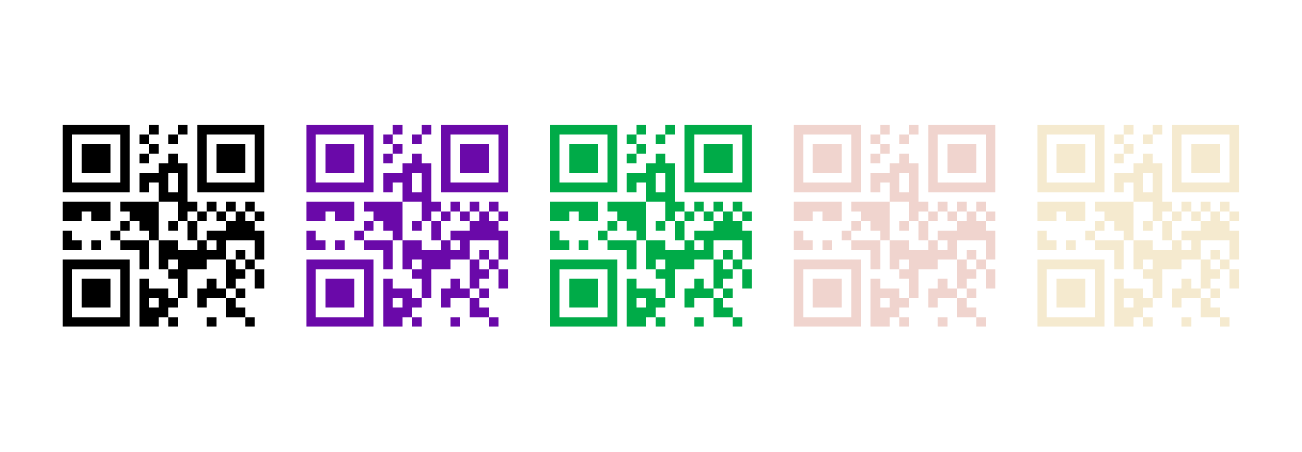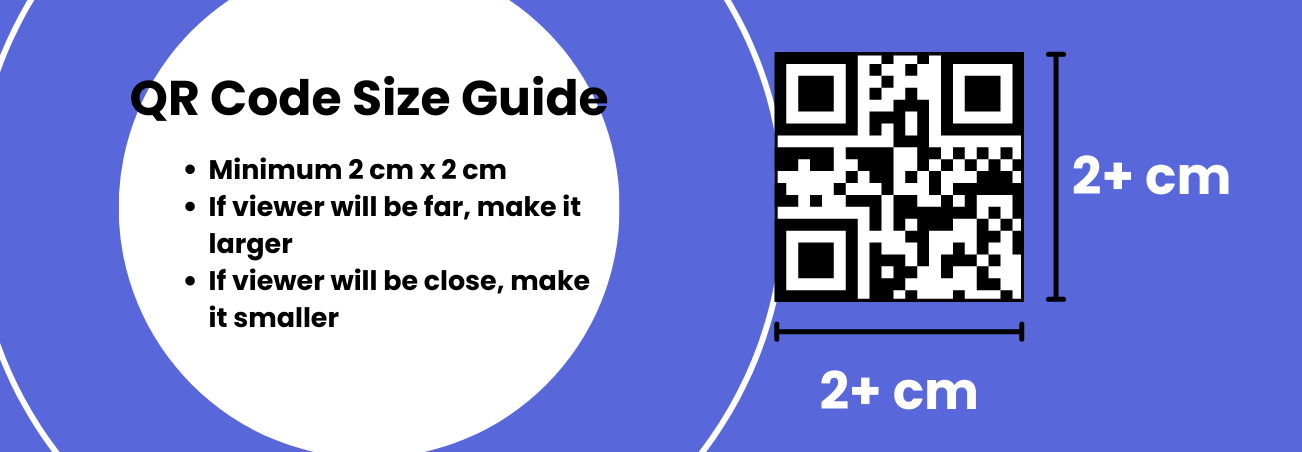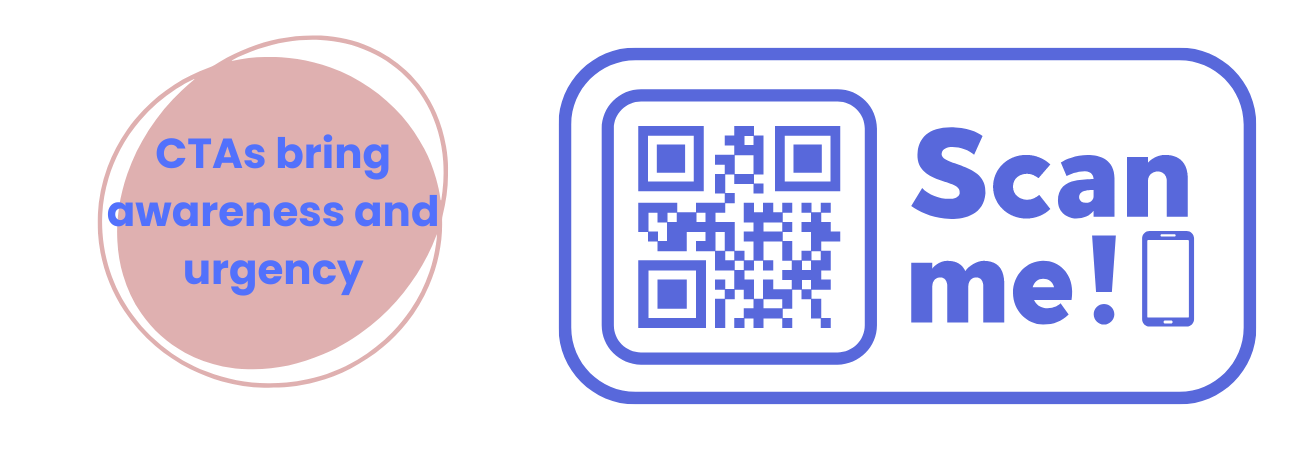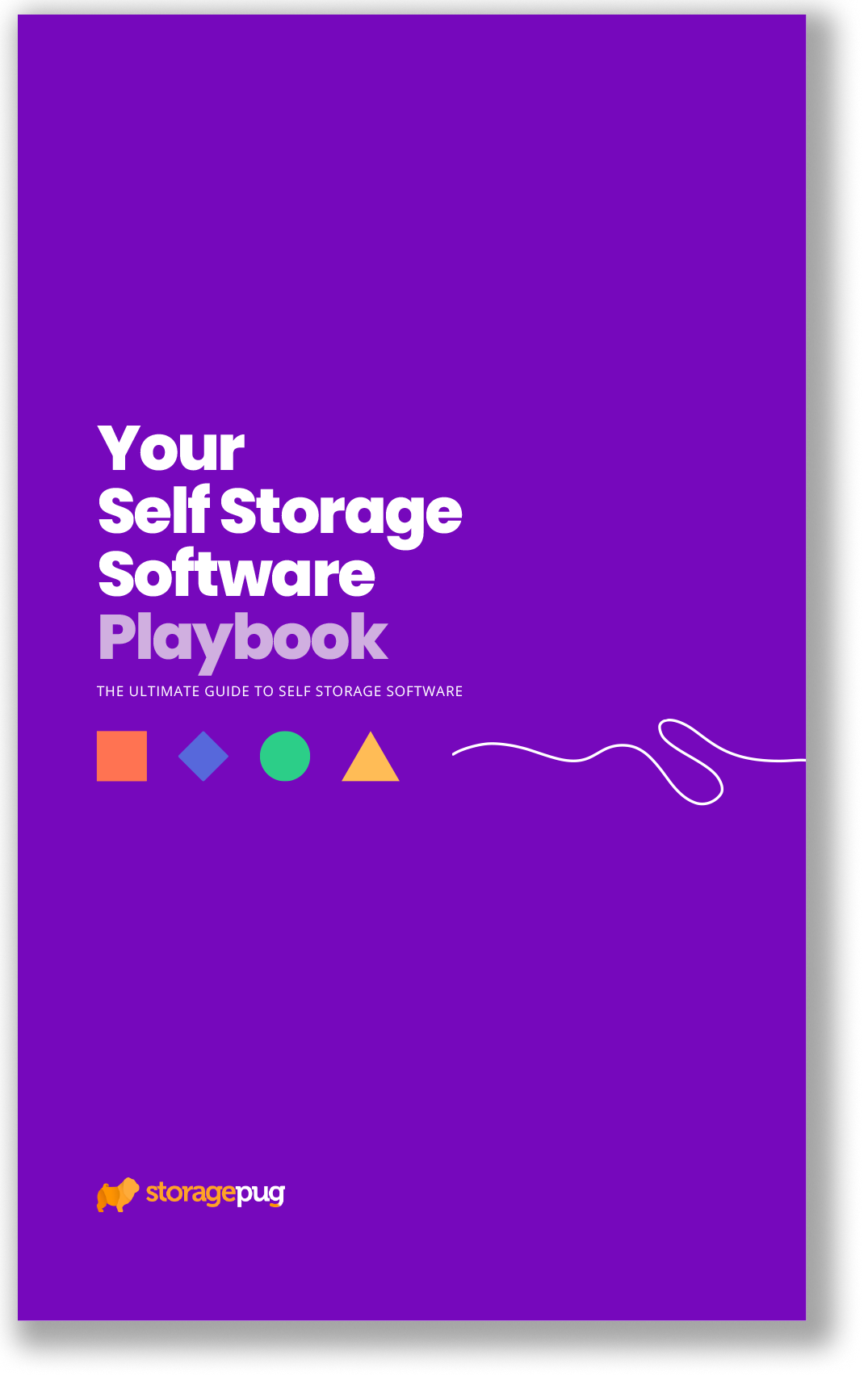Menu
December 22, 2022


Make sure you’re using your QR codes the right way!
QR codes are handy tools for delivering information, but there are some ways to use and format your code so that it has the greatest impact and provides the most help to your customers. In fact, improper usage of a QR code can even make them virtually unscannable or useless.
Here are some best practices to make sure you get the best use possible.
Just because the technology is relatively simple doesn’t mean that the application is that easy!
There are many ways to can misuse your QR code. Whether it’s a flaw in how you visually design it, a bad choice for where you place it, or presenting data that isn’t well-optimized for your customers, there are so many little ways you can diminish the effectiveness of your QR code.
Here’s a quick list of self storage QR code best practices. If you’re curious about them, we’ll dive into more detail on each of them together down below.
That may be a long list, but a lot of them should be fairly obvious or easy to understand. If your self storage facility uses a QR code, you want to make sure you’re following QR code best practices to get the most out of it!
This is especially important if you’re using the QR code to help tenants perform important tasks, such as renting or paying.
 This may seem like an obvious one, but it’s not rare to find a QR code that is blurry or pixelated. Make sure that your QR code is visually clear so that phones or QR readers can properly scan the code!
This may seem like an obvious one, but it’s not rare to find a QR code that is blurry or pixelated. Make sure that your QR code is visually clear so that phones or QR readers can properly scan the code!
When it comes to colors, make sure that the colors you choose—including the colors bordering the code—have high contrast. It’s best to use just black and white for the code itself, but it is possible to use other colors so long as they contrast enough. A very light color on a white background, for example, doesn’t have a high enough contrast.
You should also NEVER invert the colors. The background should always be a light color, and the foreground should always be considerably darker.
Choosing the right size to display your self storage QR codes is important.
First of all, you want to make sure it is at least 2 cm by 2 cm. Any smaller than this, and QR readers will struggle to accurately read the code.

Beyond that, keep in mind the placement of the code versus where your intended audience will be standing. If they are up close to a wall and you place a giant QR code on it, the entire code won’t fit into their camera’s view. On the other hand, if they won’t be able to walk up close to the code then you don’t want to make it tiny or else their phones won’t be able to read it.
In general, try to apply a 10:1 distance-to-size ratio.
The truth is that, like many things in the digital world, QR codes can be used to trick unsuspecting consumers.

To help protect your customers and grant them greater peace of mind, consider adding your branding to your self storage QR codes. This way, your customers know that they’re scanning a trustworthy code.
What do static and dynamic mean when it comes to QR codes? Thankfully, like most things with QR codes, it’s relatively easy to understand!
A static QR code represents a specific piece of information that can never be changed. Once the code is created, the document, image, or other data that it allows you to view can never be changed.
In contrast, dynamic QR codes represent links that send the viewer somewhere. Typically, you want to make this a way to download or view a file or to direct their web browser to an online page. By using a dynamic QR code, you’re able to edit the destination file or page without having to generate an entirely new code.
Almost every single self storage customer at your facility—or really anywhere else you use a code—is going to scan the QR code using their cellphone.
This makes it easy for us to know what kind of device they’re using to view whatever page you’re sending them to!
You should make sure you’re sending them somewhere optimized for mobile viewing first and foremost. If the QR code directs them to a page on your website, make sure your website is mobile-friendly!
Using a QR code at your self storage facility is great, but what good does it do if customers don’t know what it’s there for?
Even worse, what if you have customers that aren’t intimately familiar with QR codes to begin with and don’t even give it a thought?

It’s important to include a CTA. This could be as simple as “SCAN ME”, as complex as a visual guide to scanning the QR code, or somewhere in-between. “SCAN TO RENT” is a good example of a CTA to use alongside a QR code that takes customers to your online rental page.
A single-purpose QR code is just what it sounds like—it has one reason to be scanned.
Avoid creating a landing page where customers are given many choices after they scan it. For example, don’t create a code that brings them to a page where they have a variety of buttons for renting, contacting you, paying their bill, and learning more about your facility.
If you absolutely need every one of those options available as a QR code, create separate codes and post them where relevant. Don’t lump multiple purposes onto a single QR code. This risks alienating customers that aren’t particularly tech-savvy.
Placement matters when it comes to displaying a QR code. Here are some quick tips to keep in mind when placing your code:
Aside from making sure it’s placed somewhere visible and scannable, there are other factors you want to keep in mind. For example, don’t place a QR code somewhere a customer could just click on a link instead.
Additionally, try to avoid high-contact surfaces for your placement. Non-contact surfaces are best, but low-contact surfaces will work in some scenarios.
The less contact a surface sees, the longer your QR code will last before it gets worn away to an unreadable state. All it takes is just a little bit of the pattern to be disrupted to make the pattern ineffective.
If you’re going to use a QR code for your self storage facility, you want to make sure customers can actually scan it and get use out of it.
For a self storage facility, there is one major concern when it comes to the environment and QR codes: Are you in a network dead zone?
If customers can’t access the internet on their phones while at your facility due to dead zones, this means that your self storage QR codes are virtually useless.
See some of our other favorite posts about self storage operations and websites!
At StoragePug, we build self storage websites that make it easy for new customers to find you and easy for them to rent from you.
